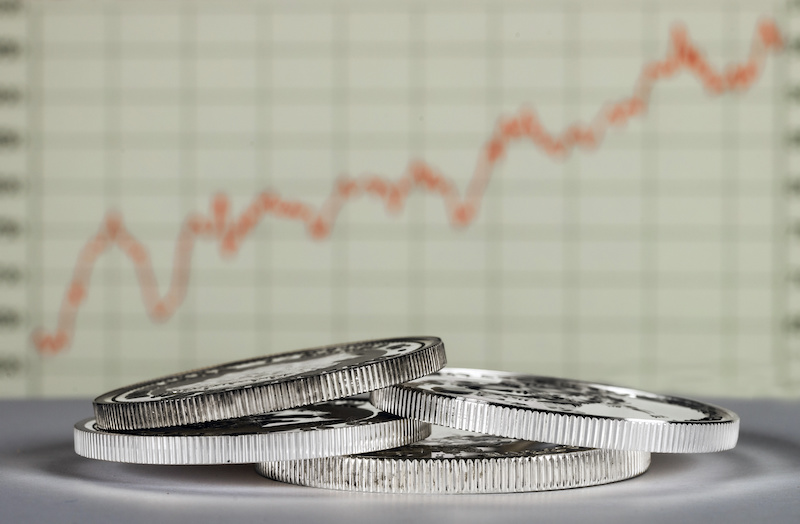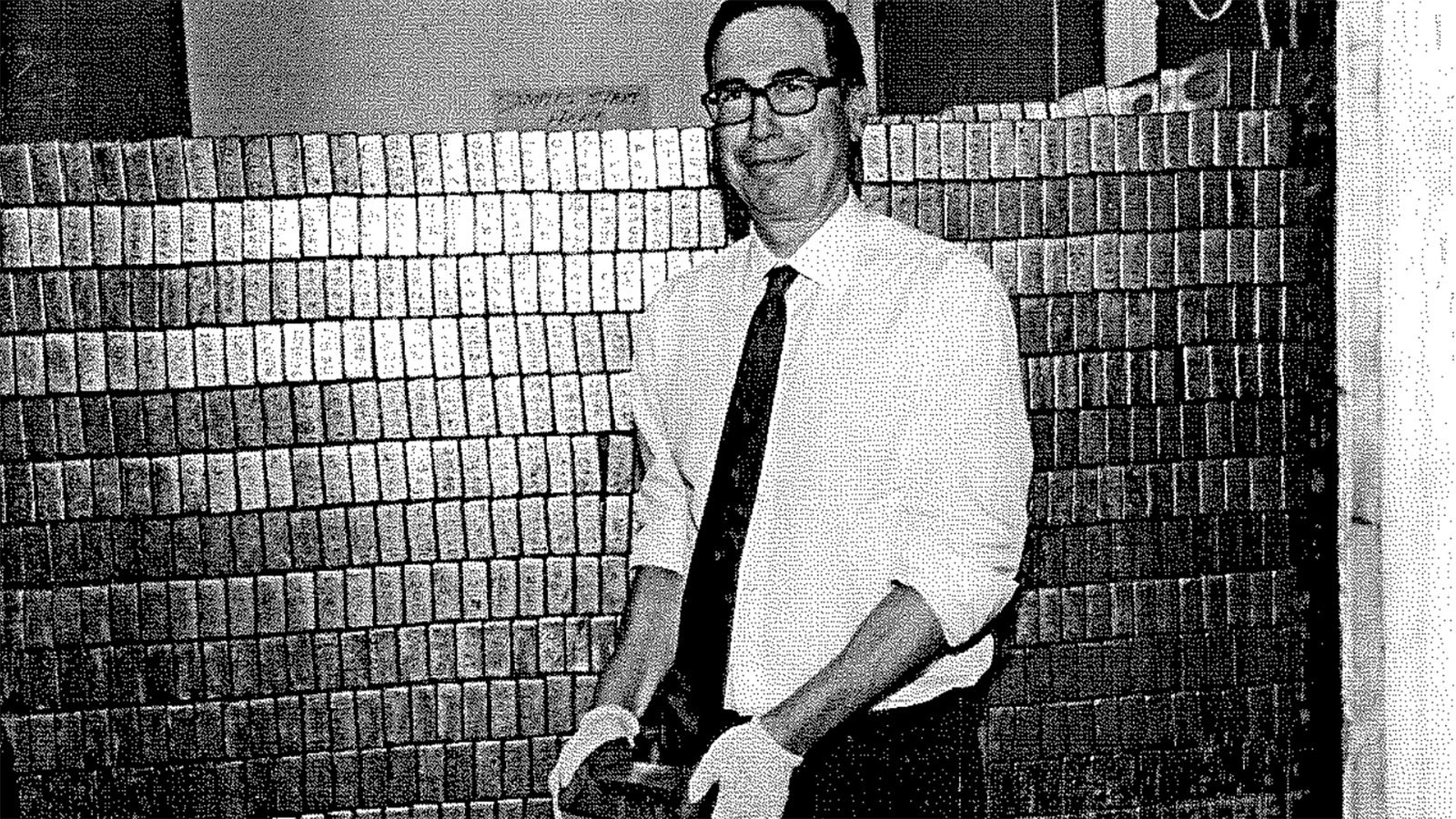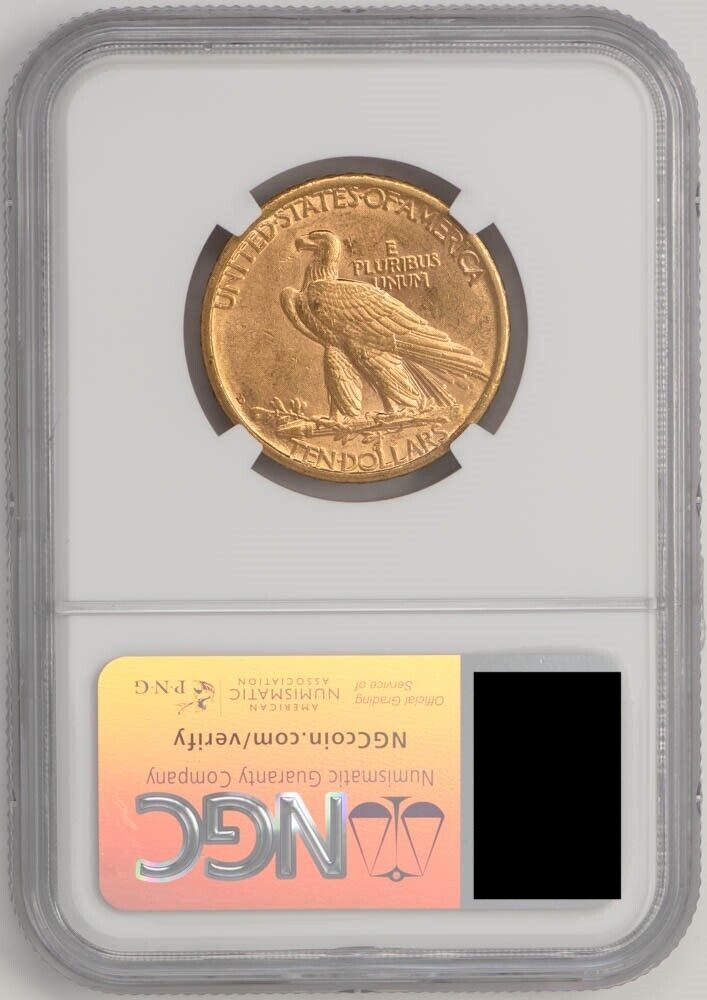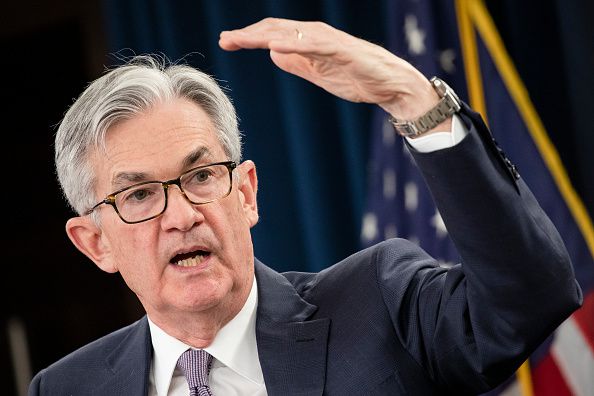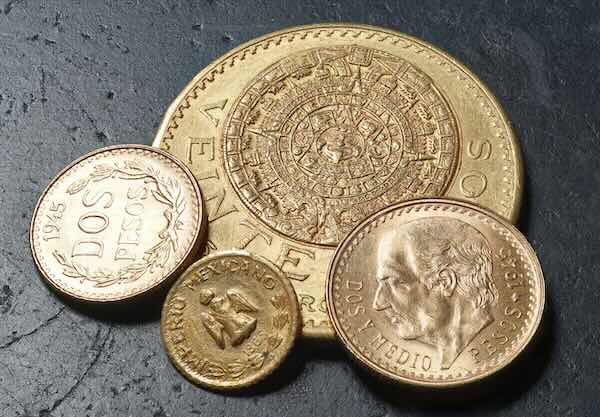Over the past year, precious metals have attracted renewed attention from central banks, institutional investors, and retail buyers alike. Key data from multiple reports point to robust central bank gold buying, strong silver performance, and challenges in palladium. Below is a consolidated review of these findings, with additional expert commentary on what they may signify for the precious metals and mining sectors going forward.
Central Bank Gold Inflows and the 2024 Gold Rally
Summary of the Data
- Central banks collectively added over 1,000 tons of gold to their reserves in 2024 alone, with Bank of America reporting total gold inflows of 2,575 tons over the past five years.
- The biggest buyers include China (+412 tons, +22%), Türkiye (+359 tons, +141%), Poland (+299 tons, +232%), India (+280 tons, +47%), and Russia (+223 tons, +11%).
- Gold emerged as the best-performing precious metal, boasting a 21.41% price premium in 2024.
The sustained gold accumulation by central banks—especially from emerging markets—demonstrates a collective intent to diversify away from the dollar as a single reserve currency and safeguard against geopolitical and inflationary risks.
China’s ongoing additions are particularly notable, reflecting an effort to internationalize the yuan and reduce BRICS reliance on the U.S. dollar.
Meanwhile, India’s cultural affinity for gold and its expanding economy have boosted private and official demand.
This central bank buying spree underscores gold’s enduring role as an investor’s safe-haven asset. The Federal Reserve’s rate cuts and persistent geopolitical tensions have only amplified gold’s appeal.
From a portfolio-construction standpoint, this environment favors gold allocations for institutional and retail investors looking for a hedge against volatility.
Silver’s Outperformance and Growing Tailwinds
- Silver is outpacing gold amid growing speculation of further Fed rate cuts. Bloomberg data shows silver on track for its longest winning streak since 2011.
- Analysts highlight a gold/silver ratio above 80:1, suggesting potential additional upside for silver if the ratio moves closer to historical norms (e.g., 65:1).
Silver’s dual profile—a monetary metal and an industrial input—has proven advantageous. It benefits from the same macro tailwinds as gold (safe-haven demand, weaker dollar prospects) while also riding the wave of renewed industrial usage (in electronics, solar panels, and automotive components). The wide gold/silver ratio suggests further potential catch-up by silver, though this ratio is notoriously volatile. Silver’s relatively small market and higher beta may present significant opportunities and risks for active traders.
Palladium’s Downturn amid Changing Automotive Landscape
Summary of the Data
- Palladium suffered a 20.8% decline, plunging below $1,000 an ounce.
- Weak demand and a Russian supply overhang weighed heavily, while the rise of electric vehicles and substituting platinum in catalytic converters reduced palladium’s traditional demand base.
Palladium’s swift descent highlights how quickly fundamentals can shift in a specific metal’s core end market. With automakers pivoting toward EVs—which do not require palladium in exhaust systems—and some substituting platinum in existing internal combustion engines, palladium’s pricing power has eroded. This trend may persist if EV adoption accelerates and platinum’s cost advantages remain attractive for catalytic converters. For commodities traders, it’s a cautionary tale of how technological changes can rapidly impact metals demand profiles.
Production and Cost Pressures in the Gold Mining Sector
Summary of the Data
- Of 12 gold companies surveyed by Bank of America, nine reported production guidance below consensus and nine reported higher-than-expected unit costs.
- Cost inflation remains a key theme, although some relief has come from easing energy prices.
- Victoria Gold Corp. experienced a catastrophic heap leach failure, which led to an 87% stock price drop—a stark reminder of operational risks.
The data point to rising production costs—particularly related to labor and consumables—chipping away at miners’ margins despite higher gold prices. Investors evaluating mining equities should closely watch companies’ management of operating costs, capital expenditures, and potential operational disruptions (like environmental or technical failures). While high gold prices can offset some expenses, cost inflation and unforeseen production setbacks remain pivotal risks in mining.
Opportunities: Silver Upside, Attractive Valuations, and M&A Potential
Summary of the Data
- With silver still trading at over 80:1 to gold, RBC posits potential upside toward $37/ounce if historical ratio levels are revisited.
- J.P. Morgan sees gold as its “top commodity to buy,” citing macro uncertainty and parallels to the late 1970s inflation cycle.
- Canaccord and RBC highlight compelling valuations: senior producers trade near 0.69x NAV, below the 0.81x historical average, while junior gold miners also sit at depressed levels, potentially ripe for re-rating and M&A.
Valuations across much of the gold mining sector remain below historical averages. This mismatch between metal prices and mining equities often presents an opening for consolidation. Larger producers aiming to replenish reserves could acquire junior developers at attractive prices, particularly in the context of fewer new gold discoveries. Meanwhile, silver’s rally provides a fresh impetus for investors seeking higher-return plays if industrial momentum continues.
Threats: Stronger Dollar, Declining Discoveries, and Low ROIC
Summary of the Data
- A resurgent U.S. dollar may challenge gold’s usual seasonal strength.
- New gold deposit discoveries have dropped sharply over the decades, suggesting future supply constraints.
- ROIC in the metals & mining sector stands around 7%, lower than many other industries.
A stronger dollar can temporarily suppress metals prices by making them more expensive in other currencies, potentially leading to lower demand. Additionally, the dearth of new major gold discoveries—only five major finds between 2020 and 2023—implies long-term supply challenges that could prop up prices but pressure mining companies to be more aggressive in exploration or acquisitions. Finally, relatively low ROIC underscores the capital-intensive nature of mining and the ongoing need for cost discipline and operational efficiency.
Final Thoughts
From central banks’ record gold purchases to the silver market’s robust surge, 2024 is shaping up as a milestone year for precious metals. Gold remains a cornerstone of reserve diversification for many nations and a perennial haven for investors facing inflationary and geopolitical uncertainties. Silver, meanwhile, is enjoying outperformance on both monetary and industrial fronts.
However, the sector is not without headwinds. Palladium’s collapse is a reminder that demand fundamentals can shift rapidly. Mining operations are grappling with cost inflation, operational risks, and a slowdown in discoveries. While strong prices have buoyed precious metals this year, a potential rebound in the U.S. dollar could restrain further upside in gold, and low returns on invested capital highlight persistent challenges for the mining industry.
Overall, the bullish case for gold and silver is underpinned by steady (and in some cases, accelerating) demand from central banks and private buyers and limited new discoveries. Investors should remain mindful of short-term currency fluctuations, cost pressures, and shifting industrial demand trends, which can significantly affect price dynamics in the months and years ahead.
